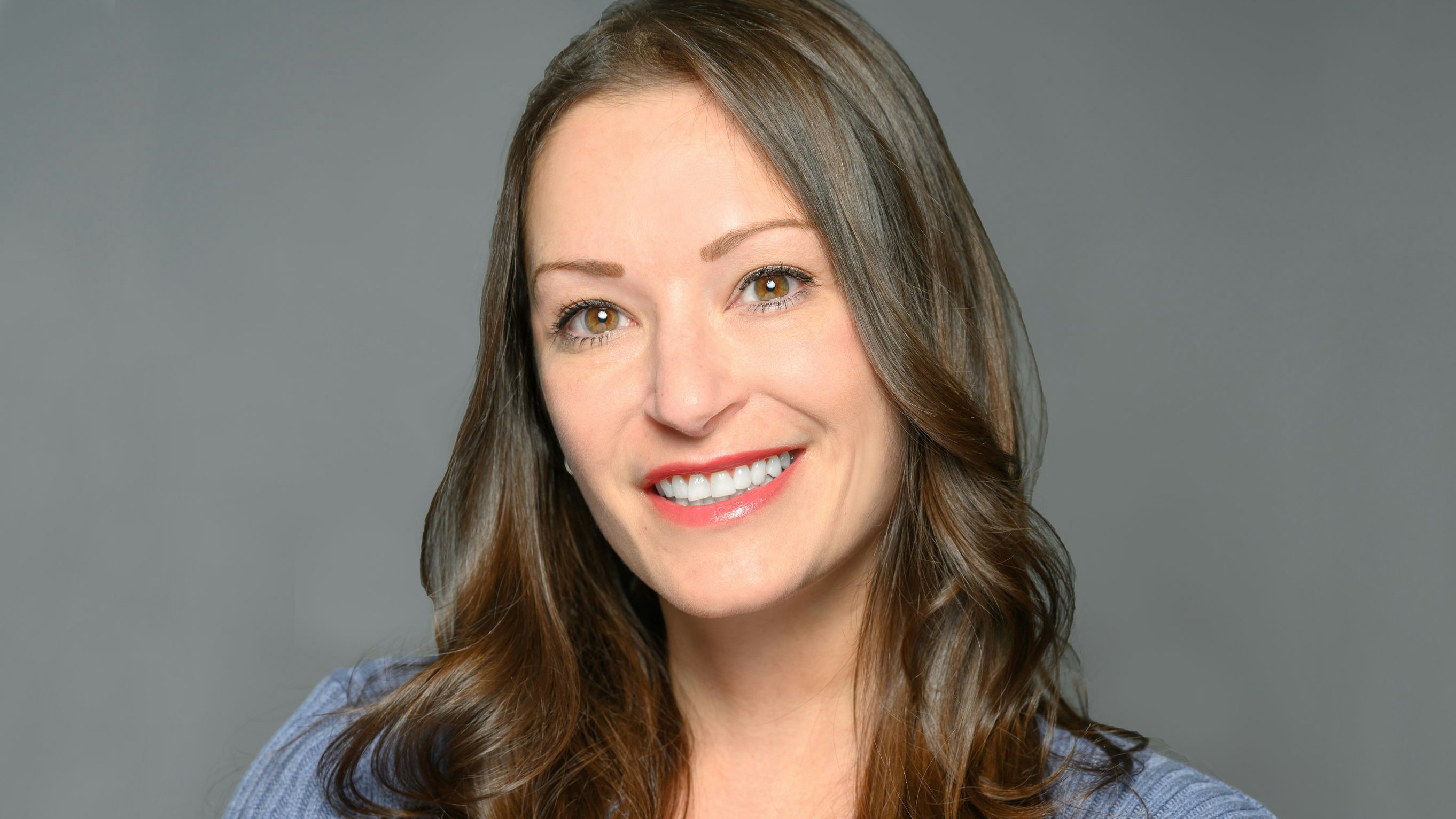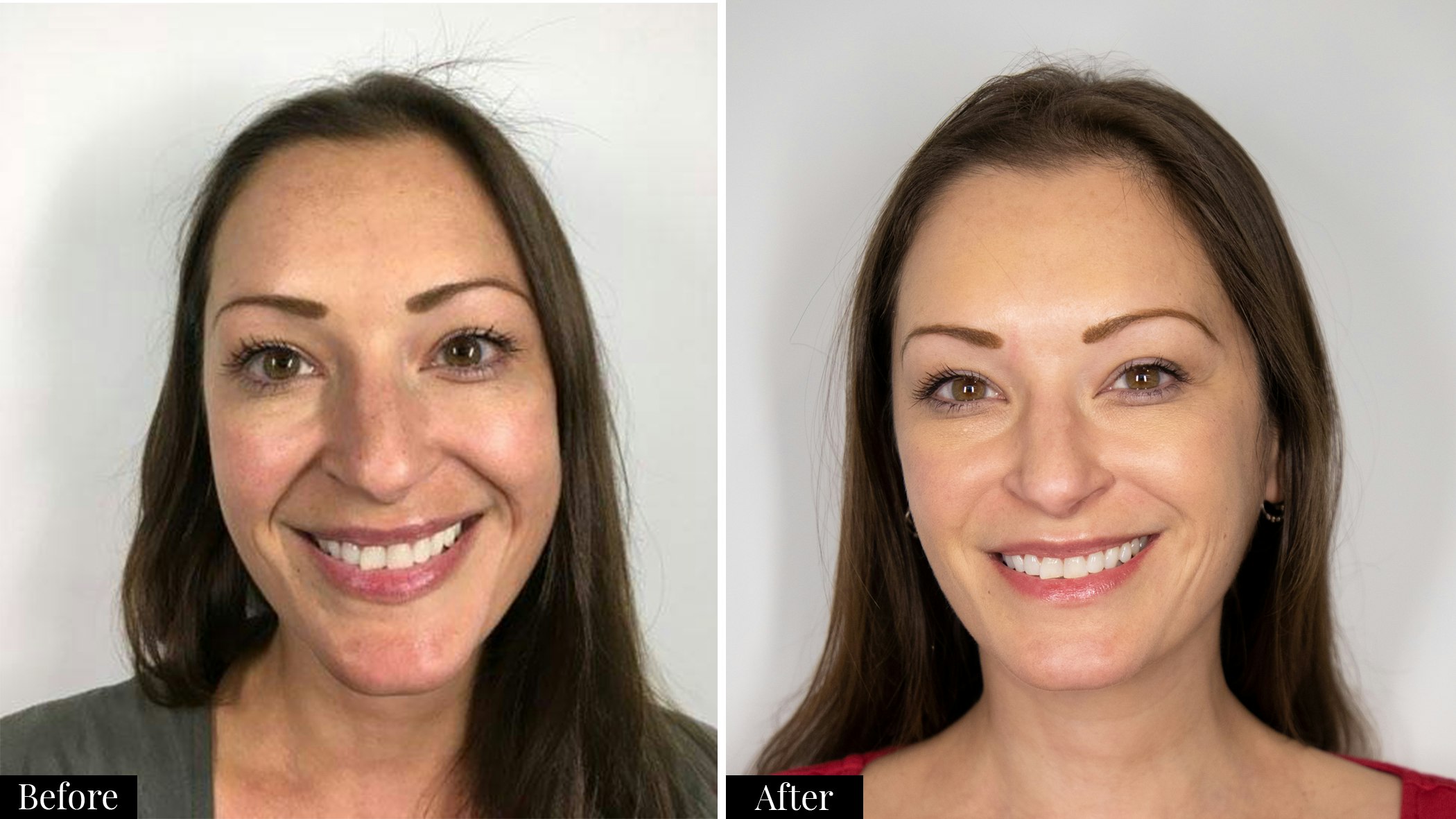One of our aesthetic partners produced a blog post that we felt portrayed a very honest (but positive!) experience of receiving filler for their smile lines, also known as the nasolabial folds. If you have ever considered filler in this area before, or anywhere else for that matter, please read on for one individuals very honest review. Please note, at the MedSpa we do offer numbing cream to all filler patients, and additionally, all of our injection specialists are medically licensed and trained professionals. If you have further questions and would like a free consult with one of our injectionists, please contact us today!
Nasolabial Fold Filler: These Are the 3 Things I Wish I Knew Before I Got it

Despite laugh lines (a.k.a. nasolabial folds) generally developing out of many moments of joy, they’re not necessarily funny. I’m a habitual smiler and always have been. Nervous, shy, happy, and even incredulous, smiles burst forth from my face — whether I’m conscious of it or not. However, through the years, this repeated muscle motion eventually caused creases, even when my muscles were at rest. Coupled with age-related fat and bone loss, in my late thirties, my nasolabial folds sunk deep into my face, regardless of what facial expression I was making.
Whenever I stared into a mirror with overhead lighting or saw a picture of myself, I became increasingly aware of the shadow that the folds cast over the lower half of my face. Ultimately, I decided I wanted to try temporarily smoothing the appearance of them with filler.
EDITOR’S NOTE
Injectable filler is a temporary treatment that adds volume to areas of the face such as the lips, cheeks, and laugh lines. Like any medical treatment, it has potential risks and side effects. Be sure to talk to a licensed provider to see if they’re right for you.
Although I’m now very happy with the results — my filled nasolabial folds indeed appear smoother and less intense — I wasn’t at first. In fact, I had many What-the-hell-did-I-do? moments before arriving at my current state of liking how they look. All that fret could have been avoided had I known these three things beforehand.
Nasolabial Fold Filler Lesson #1: You may not be numbed before the injections.
My initial reaction to hearing that my provider was not planning to numb me was fear. (I recently had lip injections, and was pleasantly surprised by how well the numbing cream worked, so I had been anticipating having it this time too.) That said, the actual experience was not as scary as it sounds. When my provider saw the startled reaction on my face, she promptly put me at ease. She shared this important fact: the nasolabial fold area is usually less sensitive than the lips, so numbing cream isn’t necessary. (It’s worth noting that according to the American Board of Cosmetic Surgery®, there are some licensed providers who do use a topical anesthetic.)
I didn’t let my hesitation about the sensation stop me from getting the treatment, and I’m glad I wasn’t deterred. There was a sharp pinch here and there during the injections, but the discomfort faded pretty quickly. Overall, I found the treatment to be completely tolerable. About 20 minutes later, we were done. And the immediate results were almost as satisfying as my lip injections had been. I could already see the volume added back into my nasolabial folds, creating a much smoother appearance.
For anyone who may be a hard pass on nasolabial fold injections with no numbing, do your research, and find a provider that uses a numbing cream (although, at least in my experience, it wasn’t necessary). If you’re willing to give it a go sans anesthetic, you could also research some mental distraction techniques that may help keep your mind off any potential discomfort.
Nasolabial Fold Filler Lesson #2: You may swell — and for a long time afterwards.
I was well aware that common side effects of any aesthetic injection are swelling and bruising. Yet, I was entirely naive as to how much and for how long I would personally swell. Interestingly enough, it didn’t happen immediately. In fact, when the injections were finished, I liked how the results looked. It was surreal that my lines appeared so much smoother after having leered at the deep folds for so long.
The next morning, however, was a different story. I looked like I was wearing a muzzle. Everyone’s experiences are different, but for me, the most visible swelling occurred in the first five to seven days. After that, it gradually went down, although it took much longer than I had anticipated. Going by how my nasolabial folds both looked and felt, it took a full month for all signs of swelling to dissipate. But, we can be our own worst critics — after the first week or so, everyone who knew me said they couldn’t even notice any swelling.
So, if you’re considering getting nasolabial fold filler, it may be a good idea to get it done over a three-day weekend, buffered by a few extra days of time off. That way if you swell like I did, you can give it some time to come down. Also, be diligent about following your provider’s instructions regarding ice. I admit, I wasn’t as attentive as I could have been about icing the area on the day I got the injections. There’s a chance that if I had, I may not have swelled as much.
Nasolabial Fold Filler Lesson #3: You may be able to physically feel the filler before it softens.
As of writing this, it’s been exactly one month since my treatment, and this lesson still stands — my nasolabial fold filler feels funky. During the first of my swollen weeks, I could physically feel the filler if I touched the treated area with my fingertips. Several other filler veterans told me they experienced the same thing at first, too.
After the first week, I contacted my provider, and she assured me that I eventually shouldn’t be able to feel it anymore. She even went above and beyond and FaceTimed with me to show me some massaging techniques I could do to help the filler soften. They did work, and each week I could feel it less and less. Now, a month later, it’s almost completely softened, save for a few slightly-firmer-than-normal spots where the top of my nasolabial folds connect to my nostrils. (To be fair, those were the deepest areas in need of filling. Judging by how the rest has softened, I am confident they will fade soon, too.)
If I had to do it again, I would have asked for these massaging techniques at the appointment, so be proactive when it comes to getting aftercare advice. And, above all else, definitely don’t be shy about icing the first day (especially!), and also for the few that follow.
Will I Do It Again?
Next time — and, yes, as of now, I’m currently planning on there being a next time — I will be better prepared. I’m also hoping that, if I time it right for a touch-up, as what I have now begins to dissolve, there won’t be as much swelling. My thinking is that if I don’t wait until all of it is gone, I may not need as much filler injected.
I truly love the results now that they have mostly settled. It’s great to see my nasolabial folds no longer disappearing into my face when I smile, no matter if I’m nervous, shy, happy, or even, at times, incredulous.
Original article can be found at Spotlyte, by Allergan.
